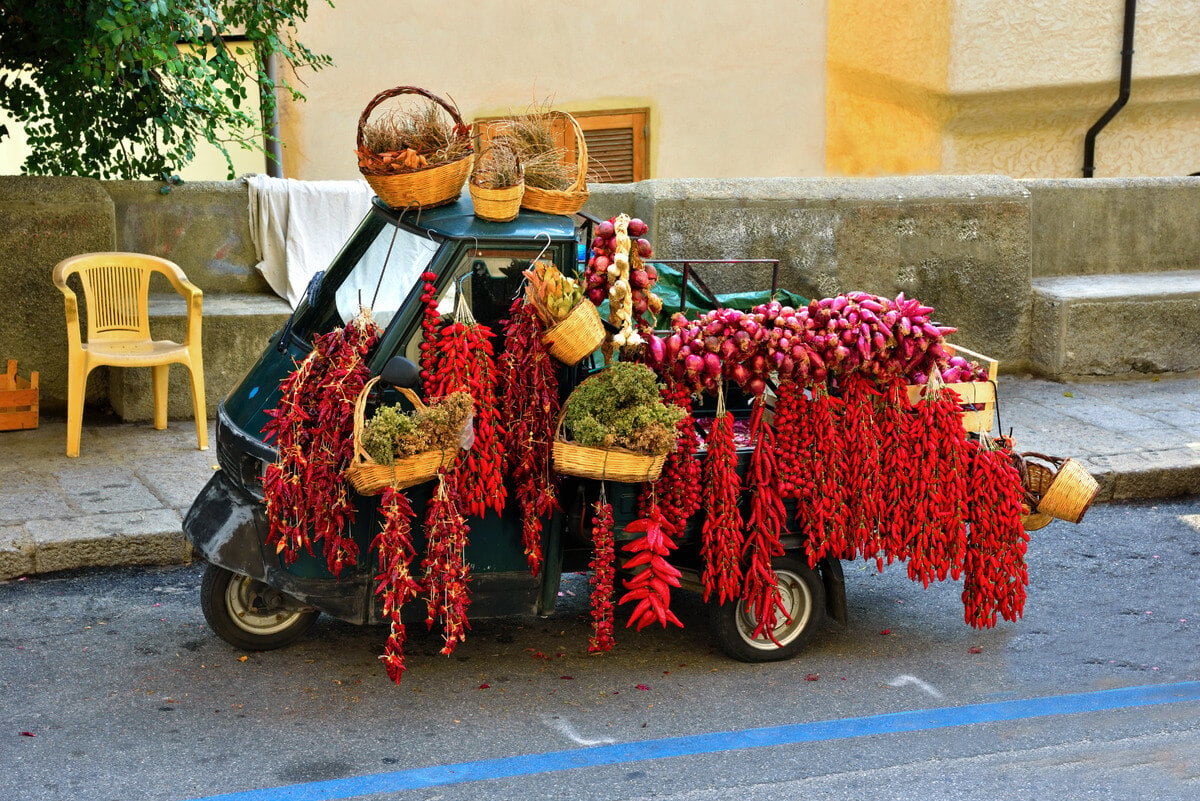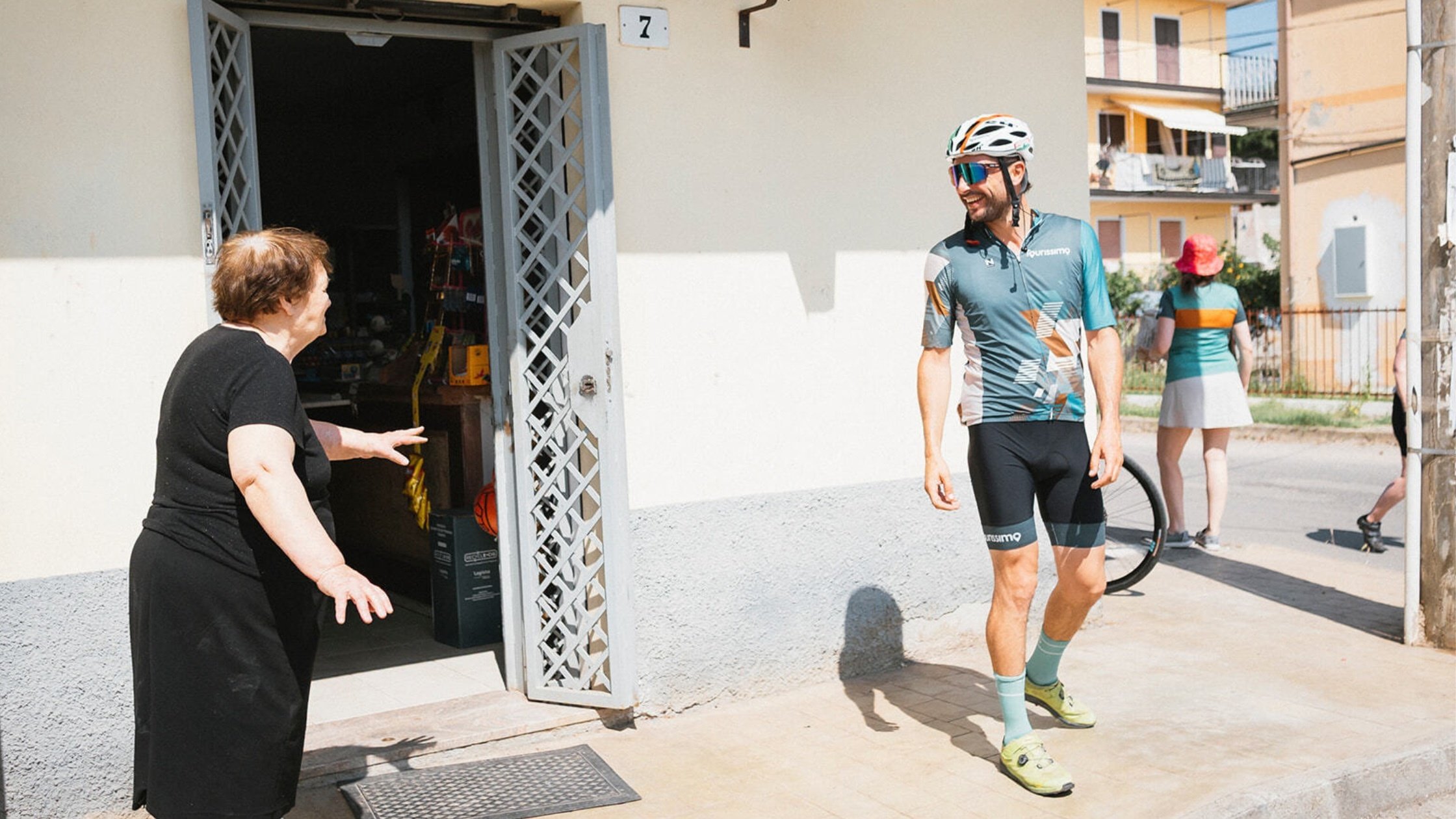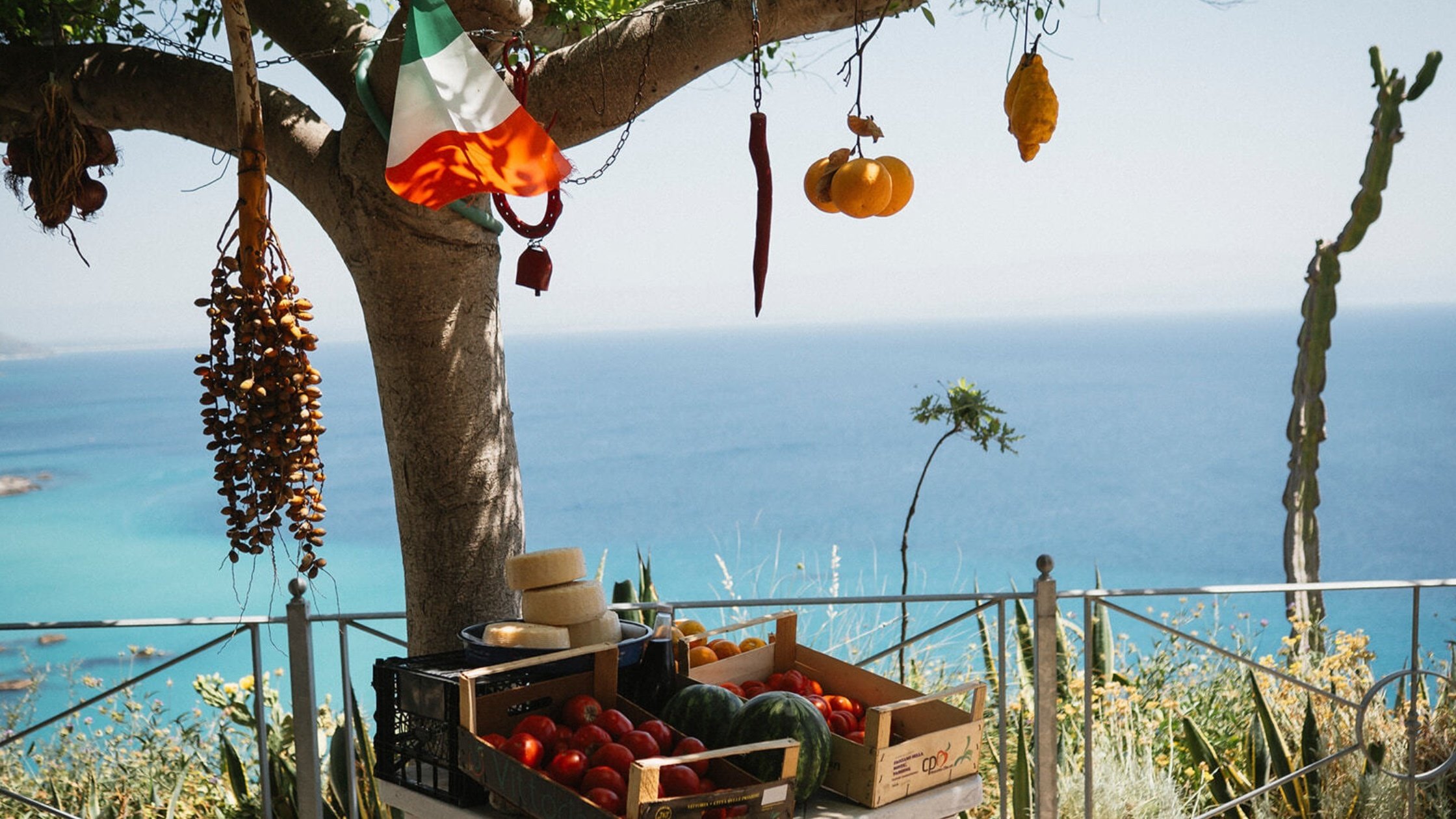The largest island in the Mediterranean Sea, Sicily is a stunning escape for anyone who wants to experience rich culture and history while being surrounded by the turquoise waters of paradise.
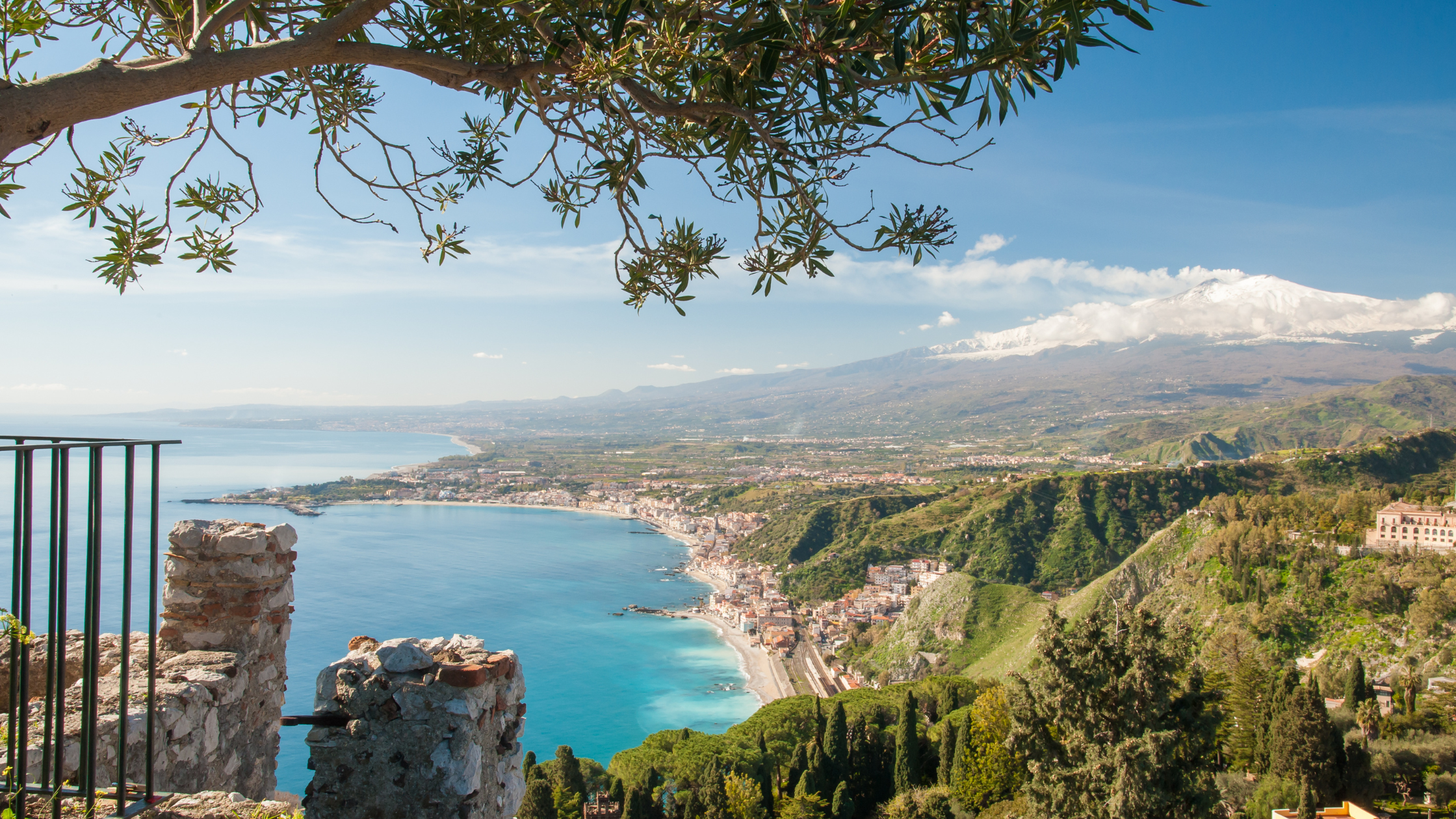
The evidence of human existence in Sicily dates to around 1200 BC. With thousands of years of human life on the island, it is overflowing with unique traditions and exciting cultures.
It's always been influenced by different dominations (Greek, Roman, Arabic, Norman, Spanish) and cultures, and it is a place full of unique symbols, beliefs, and food.
Probably, the most obvious aspect you can see arriving in Sicily is the use of Sicilian dialect, which is a closed vowels version of the Italian language. Sicily does have its own language; however, this is rarely used in modern times. More remote villages may still practise it. In contrast, in larger towns and cities it tends to be mixed in with Italian, with the casual dropping of Sicilian words. The Sicilian language originates from a mixture of cultures including Hebrew, Arabic, Normand and Byzantine and has a French and Spanish sound to it.
Sicilian culture has a priceless heritage, like the Trinacria, the Opera dei pupi, Teste di moro and much more…
The Trinacria Symbol is known worldwide as the emblem of Sicily. But why a woman with three legs? And what does it mean?
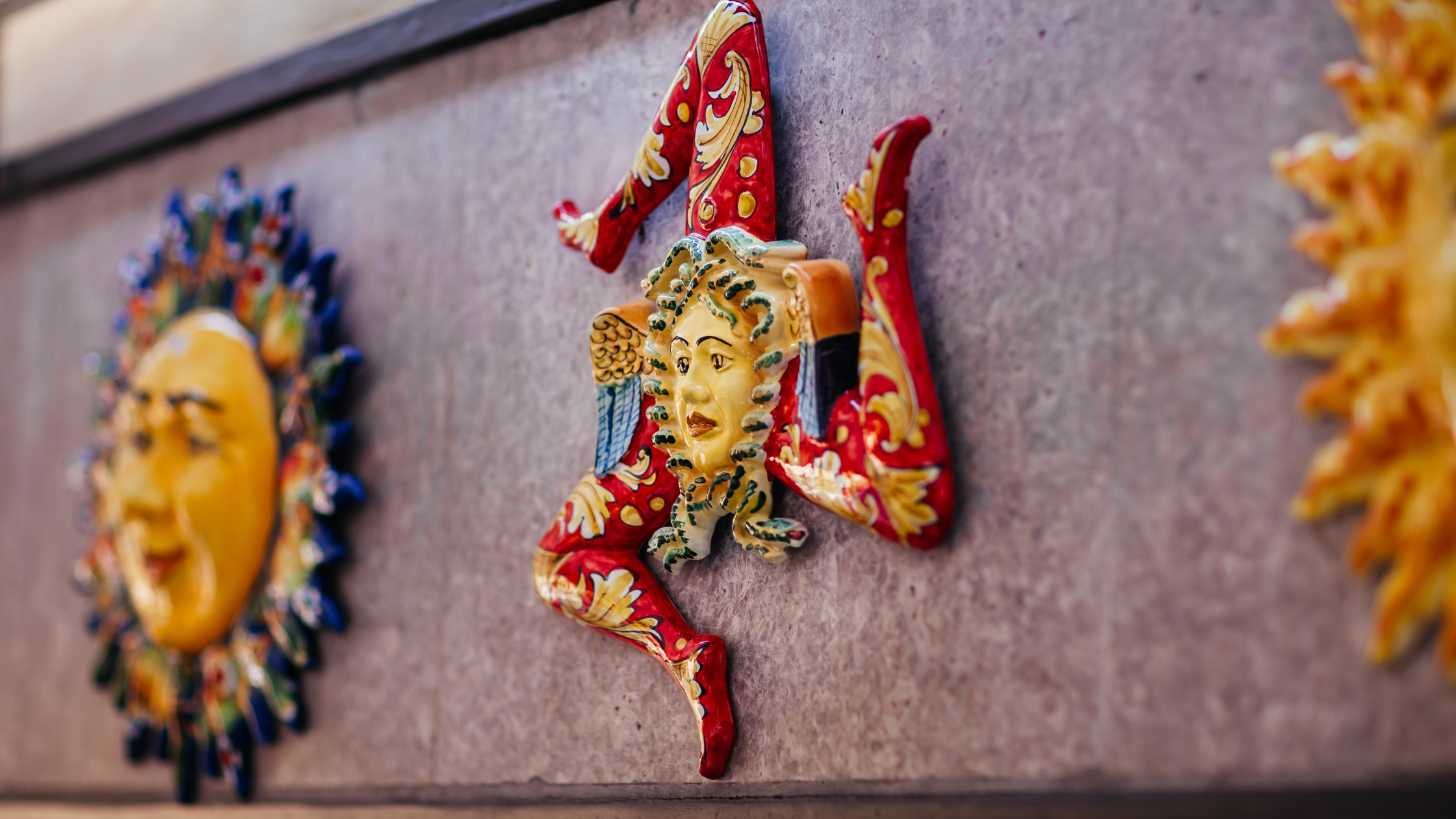
The Triskelion, known in Sicily also as the Trinacria, is the three-legged woman that symbolises Sicily. First adopted in 1282 by the Sicilian Vespers, it is currently the official flag of the autonomous Sicilian region.
Officially, the Trinacria became the Sicilian flag in 1943, during World War II. The Sicilian independents helped the Allies to land on the coasts. After winning the war, the Allies helped Sicily to become independent from Italy. Eventually, independents used a yellow and red flag, with the Trinacria in the centre, they wanted to remark their detachment from the Italian government. After the end of World War II, the Italian government recognised Sicily as an autonomous region.
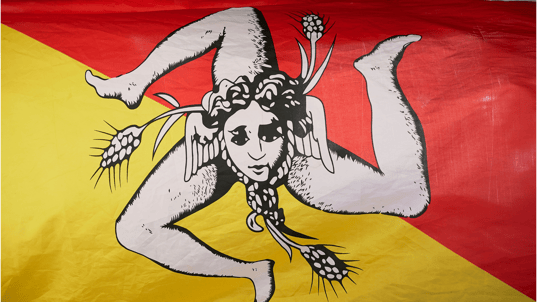
In the Trinacria, the head of Medusa stands in the centre. She was mainly known for her ability to turn mortal men to stone with one gaze and for her help to fight the forces of evil. Her head appears with entwined serpents hair, ears of corn that represent the symbol of the fertility of the land and three legs that stand for the three promontories of Sicily (Cape Pelorus, Cape Passero, and Cape Lilibeo).
Another famous Sicilian symbols is Teste di Moro, whose roots are deep in the culture and the history of the island.
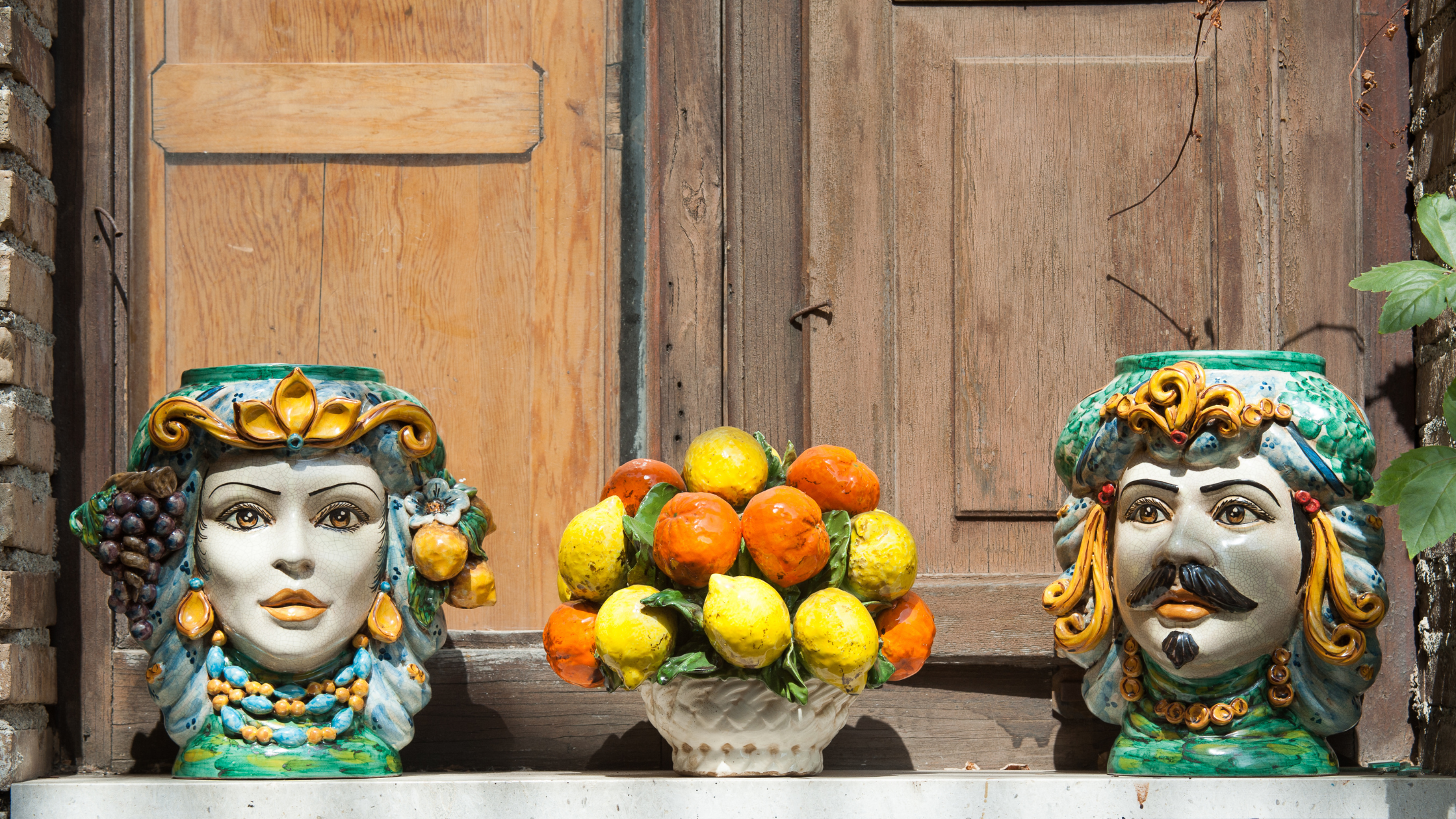
This decorative element is one example of the excellence of Sicilian ceramics.
Walking through the streets of Sicilian historical centres, it is very easy to come across these wonderful works of art: the Testa di Moro, also known as “Grasta”, has enriched the Sicilian balconies for centuries. Its tradition is millenary, many artists have been inspired by its ancient legend to create unique and inimitable works of art.
The protagonists of this legend are: a young Moor and a Sicilian girl. We find ourselves around the year 1100, the period of the domination of the Moors in Sicily. A beautiful young girl lived there and spent her days all alone in the house, dedicating her attention to the care of the plants on her balcony. From the top of her lush balcony she was soon noticed by a young Moor, who fell madly in love with her and openly declared his ardent passion for her. The young woman, accustomed to a solitary life, was pleasantly struck by this promise of love and reciprocated her feelings by giving herself to him. After a short time, the young girl discovered that the Moor was hiding a very serious secret: his heart was not totally free as he had told her; he had a wife and children waiting for him in the East and the time had come to return home. The woman was destroyed to learn such news and, embittered by that betrayed love which was now about to abandon her, she was seized with anger which inexorably pushed her to revenge: in the night, while the Moor was sleeping, she struck him mortally so he would never abandon her again. She also decided to cut his head off, creating with it a vase, where she placed a basil sprout inside. The maiden knew that this perfumed plant (from the Greek “Basileus – King”) represented the herb of the sovereigns. In this way, in spite of the terrible act performed, she continued to take care of her beloved as if he was her king. She decided to place the Moor’s Head on her balcony, dedicating herself every day to the care of the plant that was growing luxuriantly. The neighbors, pervaded by the scent of the plant, were soon envious of it and made terracotta pots that were the same features as the one lovingly cared for by the young girl.
Today the Testa di Moro par excellence wears a crown in memory of the protagonist of the sad story.
Another of the most famous Sicilian traditions is Opera dei Pupi.
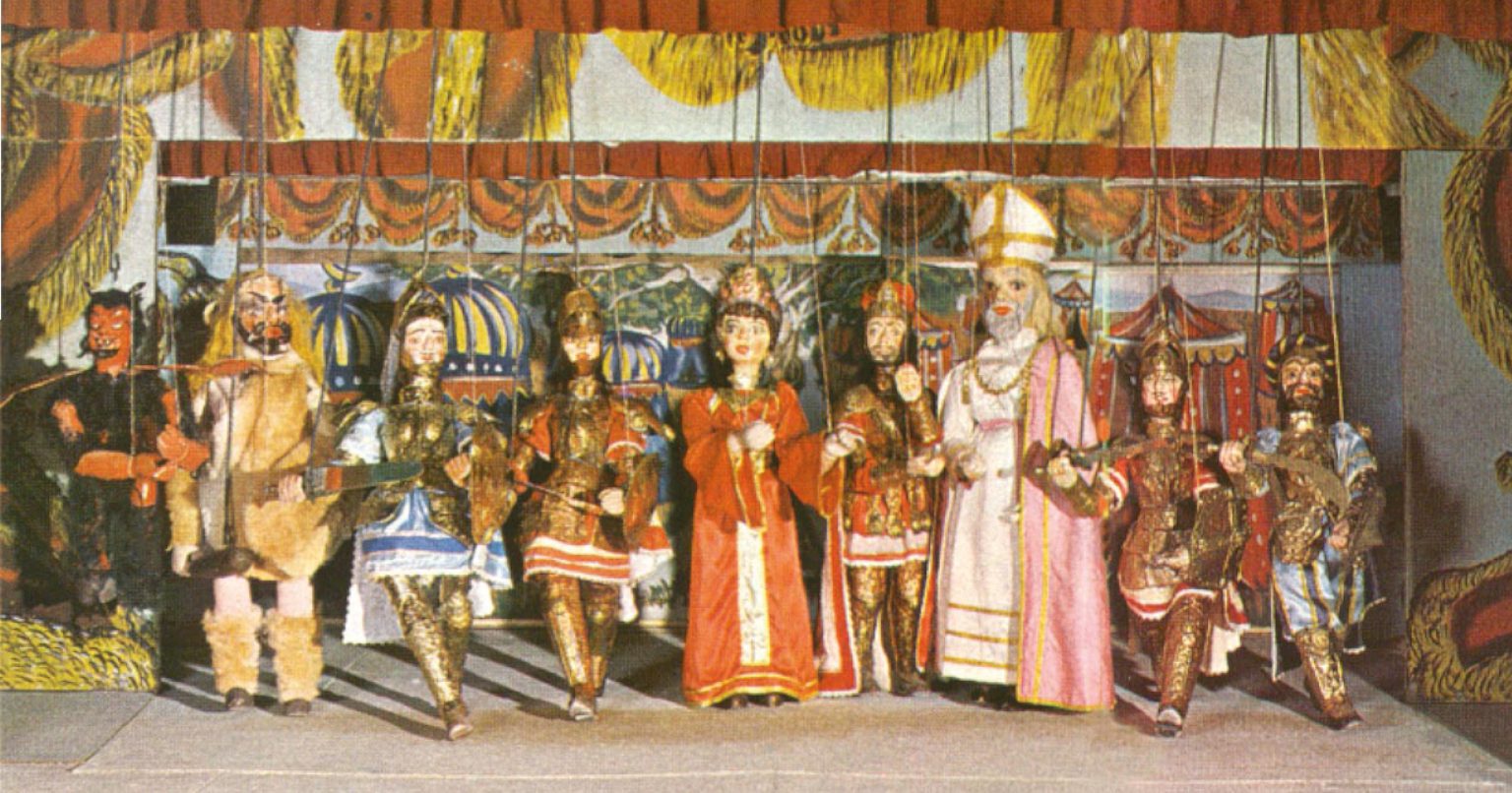
Thoese kinds of shows are basically puppets reproducing the knightly struggles between Franks and Normans, theaters that are inspired by the Song of Roland, the Orlando Furioso, and Romance literature. They are usually in Italian or Sicilian language.
The Sicilian puppet theatre is such an important part of Sicilian customs and traditions that Unesco recognized it as a Human Intangible Heritage.
Religion is also an important part of Sicilian culture, that is strongly connected to the cult of patron saints: there are always stories that link the saint to the city, as well as traditions to follow during religious festivals. For example, in Siracusa, Santa Lucia is the patron saint and she is celebrated with a procession, religious events, and many fireworks. In Catania there is a big celebration on the occasion of Sant'Agata. Another important celebration is the one of Santa Rosalia in Palermo.
Obviously, food plays a big role in Sicilian traditions, as in every part of Italy. Every celebration has its typical dish, which can be eaten during lunch, dinner, or as a dessert. For example, cassata used to be an Easter dessert, but after its success, it can be found during the whole year.
Cannolo is another traditional dessert of Sicilian cuisine that is also considered a symbol of Italian culture.
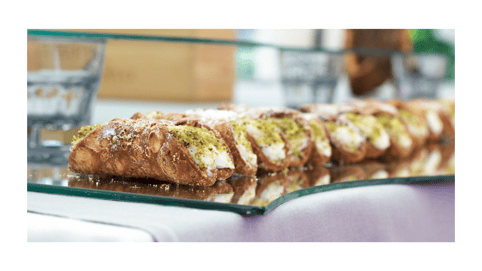 Lastly, there is Sicilian street food, such as arancini and panelle, which are considered among the best ones of this cuisine.
Lastly, there is Sicilian street food, such as arancini and panelle, which are considered among the best ones of this cuisine.

I am hopelessly in love with "la bella Sicilia" (the beautiful Sicily) and all the stories about it...
Join us on the Eastern Sicily and Aeolian Islands multisport tour to discover more about the local history, cuisine, arts, festivals and customs and to make the most of your next break to this exciting area of Italy.



